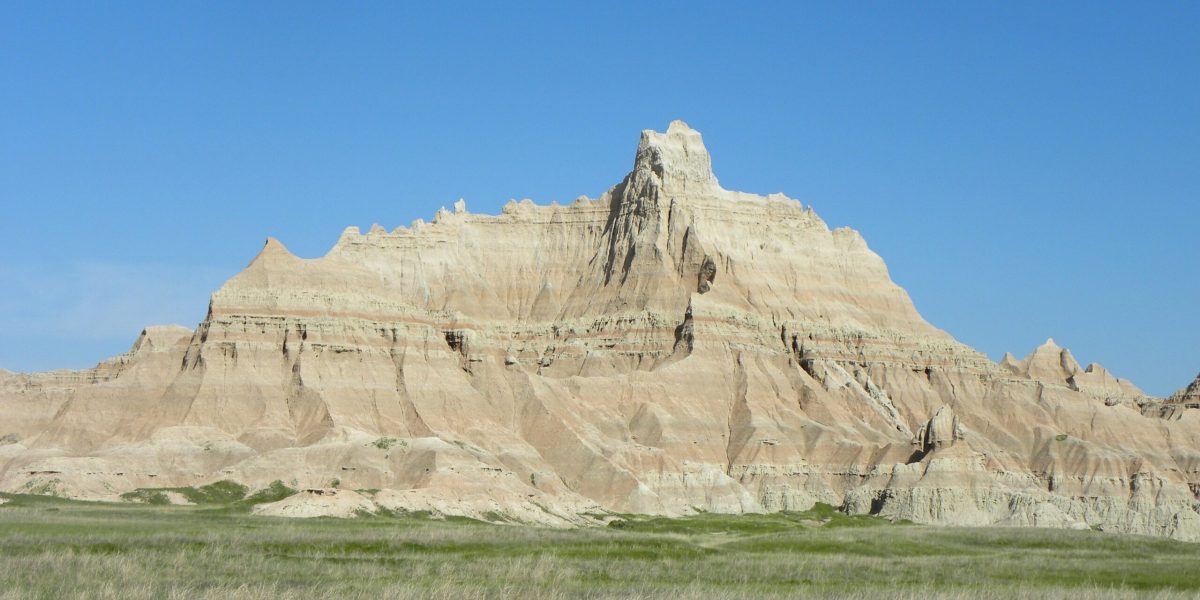Exploring the Geography of the USA: A Diverse Landscape
The geography of the United States is as varied as its culture, offering a rich tapestry of landscapes, climates, and natural features. Spanning vast territories, from the cold Arctic zones of Alaska to the warm tropical climate of Hawaii, the U.S. offers a unique range of physical environments that influence its economy, culture, and way of life.
With over 9.8 million square kilometers of land, the country contains some of the world’s most iconic natural landmarks, including the Grand Canyon, the Great Plains, and the Rocky Mountains. These features not only define the nation’s physical landscape but also play a crucial role in shaping its history and development. The geography of the U.S. has affected its growth, settlement patterns, and even its political dynamics, offering a rich field of study for geographers and historians alike.
How Do the Major Physical Regions of the USA Shape Its Identity?
The physical geography of the United States is divided into several distinct regions, each with its own unique features that have influenced the people and industries in these areas.
The Eastern U.S. is home to the Appalachian Mountains, which run from Alabama to Maine. These mountains have historically acted as natural barriers but also provided rich natural resources like coal. The Atlantic Coast features a series of flat plains, fertile for agriculture, and large urban centers like New York City and Washington, D.C., driving the nation’s economy.
To the west, the Great Plains stretch across much of the Midwest. These expansive flatlands are essential for the country’s agriculture, producing a significant portion of the world’s wheat and corn. The Mississippi River, one of the longest rivers in the world, flows through this region, providing crucial waterways for transportation.
In the Western U.S., the landscape transforms dramatically. The Rocky Mountains dominate, with towering peaks like Mount Elbert in Colorado, the highest point in the Rockies. Beyond the Rockies, the Great Basin and desert regions of Nevada, Arizona, and Utah offer a striking contrast with their dry, arid environments. The Pacific Coast is defined by rugged coastlines, cliffs, and temperate rainforests, especially in California, Oregon, and Washington. These diverse landscapes give the U.S. its unique physical identity, one that heavily influences the people and industries that thrive there.
How Do Climates Across the U.S. Impact Its Population and Economy?
The varied climates of the United States directly impact everything from settlement patterns to economic activities. The climate varies widely across the country, influenced by geographic factors such as latitude, altitude, and proximity to large bodies of water. Understanding how these factors affect regions helps explain why certain industries and populations are concentrated in particular areas.
The Northeast and Midwest experience four distinct seasons, with cold winters and hot, humid summers. This climate supports a thriving agricultural economy, producing crops like corn, wheat, and soybeans. In these regions, industries like manufacturing and finance also play a significant role in the economy.
In contrast, the South enjoys a humid subtropical climate, with long, hot summers and mild winters. This region is known for its agricultural output, particularly in crops like cotton, tobacco, and rice. The South’s warm climate has also made it a popular destination for tourists, especially in cities like Miami and New Orleans.
The West Coast experiences a variety of climates, from the Mediterranean conditions of California to the cooler, more temperate weather of the Pacific Northwest. The West Coast is home to significant industries such as technology in Silicon Valley, entertainment in Hollywood, and agriculture in the fertile valleys of California. The climate is key to the region’s ability to support a variety of industries, particularly agriculture, wine production, and tech innovation.
The Alaska region features an Arctic climate in many areas, which heavily influences the population and economy. The state’s extreme cold conditions and vast natural resources like oil and minerals have made it a hub for energy industries and have driven much of its economic activity.
What Role Does Water Geography Play in the USA’s Development?
Waterways have played a significant role in shaping the geography and economic development of the United States. The Mississippi River and its tributaries form one of the largest river systems in the world, providing vital transport routes for goods and connecting the Midwest with the Gulf of Mexico. Historically, this river system was essential in moving agricultural products from the interior to international markets.
In the Northeast, the Great Lakes serve as a critical waterway for transportation, and their proximity to cities like Chicago and Detroit made them central hubs for industry and trade. These lakes are vital not only for transportation but also for agriculture, providing water for irrigation in surrounding areas.
The Colorado River, which flows through the Southwest, has been crucial in providing water to arid regions, supporting agriculture and the growth of major cities like Phoenix and Las Vegas. The construction of dams, such as the Hoover Dam, has made it possible to manage water resources, allowing for more controlled irrigation and power generation.
The Pacific Ocean also plays a critical role in the economy, with major ports like Los Angeles, Seattle, and San Francisco serving as key gateways for international trade. Shipping and maritime industries rely heavily on the coastlines to facilitate trade between the U.S. and countries around the world.
How Have Natural Disasters Shaped the Geography of the USA?
The U.S. is frequently affected by natural disasters, which have had significant implications for its geography and development. From hurricanes to earthquakes, the country faces diverse natural threats that have shaped its infrastructure, population distribution, and environmental policies.
The Gulf Coast and East Coast are regularly hit by hurricanes, which have shaped the geography of the region. Cities like New Orleans and Miami have had to adapt to rising sea levels and storm surges. Efforts to build flood barriers and improve coastal defenses continue to be a focus of both state and federal governments.
The West Coast, particularly California, is prone to earthquakes due to its location on the San Andreas Fault. This has resulted in the development of strict building codes designed to withstand seismic activity and has led to a significant investment in earthquake preparedness and infrastructure.
Tornadoes are common in the Midwest, particularly in areas known as Tornado Alley. These extreme weather events have influenced how communities are built, with many homes constructed with reinforced structures to survive high winds.
These natural disasters, while destructive, have also prompted innovation in building technologies, urban planning, and disaster management.







